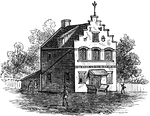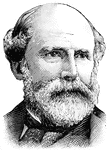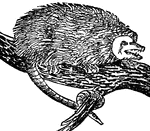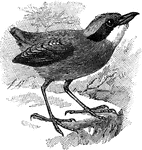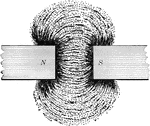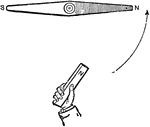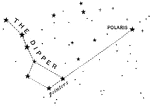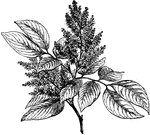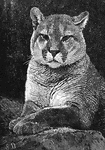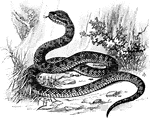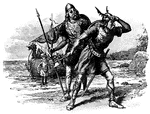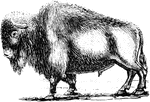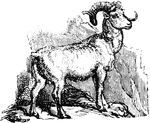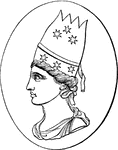
Tiara
"Tiara or Tiaras, a hat with a large high crown. This was the head-dress which characterized the north-western…
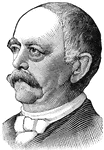
Prince Bismarck
Otto von Bismarck was the Duke of Lauenburg, Prime Minister of Prussia, and Chancellor of the North…
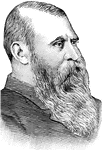
Herr Johann Most
Herr Most was an anarchist and disciple of the German agitator, Lasalle. When Most came to America,…

Cichla
A genus of fishes inhabiting the fresh waters of South America, and typical of the family Cichlidæ.
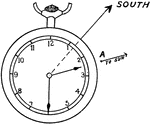
True meridian
"The position of the true meridian may be found as follows: Point the hour hand of a watch towards the…
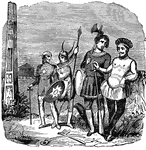
Saxons
"In the eleventh century, the Anglo-Saxons, originally the fiercest nation of the North of Europe, had…
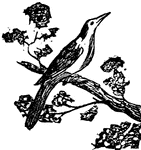
Mockingbird
A singing-bird of North America remarkable for its exact imitations of the notes of other birds.
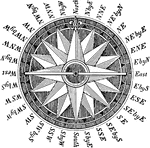
Compass
A instrument used for navigation. The needle is magnetic and always points to the north pole.

Needle, compass
"Bring the two ends of the wire into contact, and thus close the circuit. The needle instantly flies…
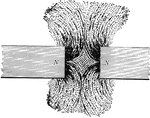
Repelling poles
A pair of similar magnetic poles repelling, the magnetic forces shown by iron filings.

Solenoidal magnet
"The polarity of the solenoidal magnet may be determined by holding it in the right hand so that the…

John Jacob Astor
"This enterprising merchant, founder of the American Fur Company, was born in a village near Heidelberg,…

George Peabody
"This name deserves to be held in rememberance on account of his munificent philanthropy." —The…

Belted Kingfisher
"Many species of the kingfisher family are found in various parts of the world. The belted kingfisher…

Coypu
A rodent of South America. Its head is large and depressed, its neck short and stout, its limbs short,…
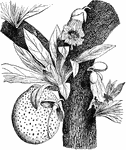
Calabash Tree
A tree of tropical America bearing a gourd like fruit. The hard shell of which is applied to many domestic…

A Dutch Patroon
In the United States, a patroon was a landholder with manorial rights to large tracts of land in the…

Golden Eagle
The Golden Eagle, chief of the Falcon family, has its home in the mountainous districts of Europe, Asia,…

Skylark
A small passerine bird that breeds across most of Europe and Asia, as well as the mountains of north…

King Crab
A genus of crabs so called from their great size. They are found in the tropical and northern coasts…

Lemming
A rodent quadruped found in the northern parts of America and Eurasia, particularly in Norway and Sweden.…

Lily of the Valley
A genus of plants of the family liliaceae, native to the bushy places of America and Eurasia. It has…
Ling
A species of sea-fish found in the northern seas as far north as Iceland. It is allied to the cod family.…
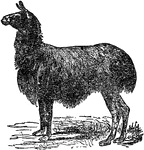
Llama
A ruminating quadruped closely allied to the camel, and native to the southern parts of Peru and other…

Lobster
A large marine crustacean somewhat resembling a crawfish, but larger in form. The common lobster of…
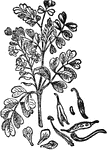
Logwood
A tree native to Central America, but naturalized in and exported from Jamaica and other West Indian…

Macaw
A genus of birds native to tropical South America, remarkable for their size and beauty of their plumage.…

Mackerel
An excellent food fish, widely distributed, and particularly abundant in the North Atlantic. It attains…
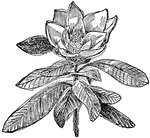
Magnolia
A genus of ornamental shrubs and trees, native to North America, China, India, Japan, and other portions…
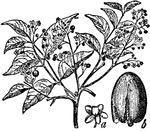
Mahogany
A large tree of the order meliaceae, common to tropical America, and noted for its close-grained and…

Mammoth
The Russian name of the large extinct elephant closely resembling the Indian elephant, and of which…

Manatee
An animal native to the waters of South America, Australia, and West Africa. It is herbivorous, subsisting…
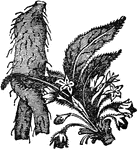
Mandrake
A plant native to America and Eurasia, and which has a narcotic poison in all of its parts.
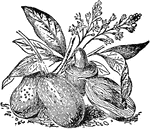
Mango
A tree native to tropical Asia, but now naturalized extensively in America and other grand divisions.…
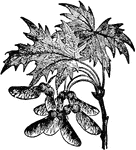
Maple
A class of trees belonging to the genus acer, containing about eighty species, all of which are confined…

Marmot
Native to North America and Eurasia. The best known species of North America are the prairie marmot…

Mastodon
A genus of elephants now extinct, and of which fossil remains occus in America as late as the Post Pliocene…

Meadowlark
A bird of North america, and common in the United States as far south as the Mexican boundary.

Menhaden
A fish found in abundance off the Atlantic coast of North America, and often called whitefish, hardhead,…

Mink
The common name of several species of fur-bearing quadrupeds, allied to the polecat. Several species…
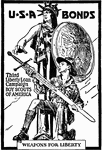
Liberty Loan Poster - USA Bonds
A Liberty Loan poster. "Third Liberty Loan Campaign, Boy Scouts of America. Weapons for Liberty."

Mound Builders
Mount Builders, the name applied to a prehistoric race of North America, of which remarkable remains…
